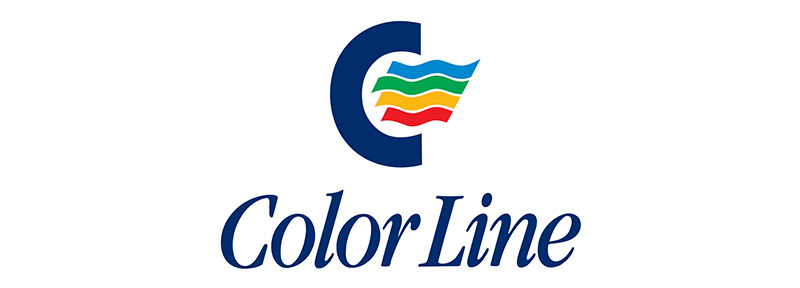A Good Year For Color Line In 2017
Color Line AS, a company belonging to Color Group AS can look back on a successful 2017.
- Operating revenue: NOK 4,968 million (4,896)
- Operating profit before depreciation and charter leases: NOK 1,180 million (1,149)
- Operating profit EBIT: NOK 630 million (616)
- Net profit: NOK 372 million (426)
- Number of passengers: 3,805,023 (3,850,947)
- Number of freight units: 180,480 (175,680)
Color Group is expecting to record a profit in 2018 that is comparable to the figures reported in 2017.
As a reminder, the company entered last year into a contract with Ulstein for the construction of the world’s largest plug-in hybrid ro-pax for the Sandefjord-Strömstad route (spring 2019)
One more detail: interesting to know is also that 65% of the company’s estimated bunker costs for 2018 and approx. 30% for 2019 are secured by hedging.










